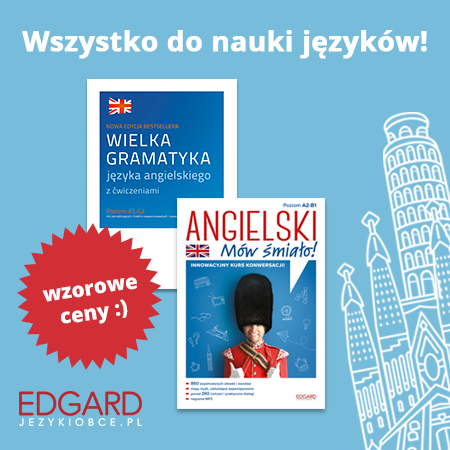The Island of Ireland
- Szczegóły
- Nadrzędna kategoria: Artykuły
- Kategoria: The World of English

The Island of Ireland

BY PETER GENTLE
I grew up in south London. I have a British passport. My mother and father have British passports. But, every 17th of March, St. Patrick’s Day, I went to school with a bunch of shamrock, one of the symbols of Ireland, in my lapel. Why?
Well, my mother was born ten miles outside Belfast, in County Antrim, Northern Ireland. This is part of Britain of course, and my dad was born in Sunderland in the north of England: hence the British passport. The shamrock was put in my lapel because mum said that though I may be British, I was not English. The shamrock, especially sent over by my Irish grandfather, would let everyone at school know that I had allegiances to Ireland, she said. So I went to school on St Patrick’s Day with shamrock in my lapel to let the English know I was not one of them.
I was a little confused by this I have to admit. Born in England but not English, with a British passport and an English dad, but proclaiming my loyalty to all things Irish. And Northern Ireland isn’t even part of Ireland, it is part of the United Kingdom. But I was not as half as confused as my English friends at school. “Why are you wearing a bush in your lapel?” they enquired. Then the usual name-calling ensued. “Mick”, was their favourite. Mick and Paddy were the two names that, in those days, many Englishmen used to call the Irish. It was not meant to be a compliment.
I was not happy about this and every year went home and complained to my mum about the bullying I was experiencing. I remember once even refusing to wear the shamrock on St Patrick’s Day. I didn’t want to be Irish, English, British, Mongolian, or any other nationality. I just wanted the bullying to stop.
A terrible beauty
At the age of seven, of course, I knew little of the complicated history of the island of Ireland. I knew nothing about how Ireland used to be a colony of Britain. How, for centuries, a bitter conflict between the Irish and the British soured relations between the two. I knew nothing of how the border was drawn by the British just after the First World War, splitting the island in two. I also didn’t know that St Patrick’s Day is celebrated by both Irish Catholics and Protestants, and on both sides of the border.
Ireland is a nation and an island of tradition and modernity. On page 20 we have an exclusive interview with Her Excellency, The Irish Ambassador to Poland, Ms. Thelma M Moran. She talks about the benefits the European Union has given Ireland since joining thirty years ago this year. We then turn to the more traditional aspects of the Irish culture that people know and love. Firstly we look at what all Irish people can see: the fairies that live at the bottom of their gardens. And then we recount one of the many Irish legends that have been handed down from father to son, from mother to daughter, via the countries rich, oral tradition of story telling. So, get yourself a pint of Guinness, and read and enjoy the taste of the island of Ireland.


